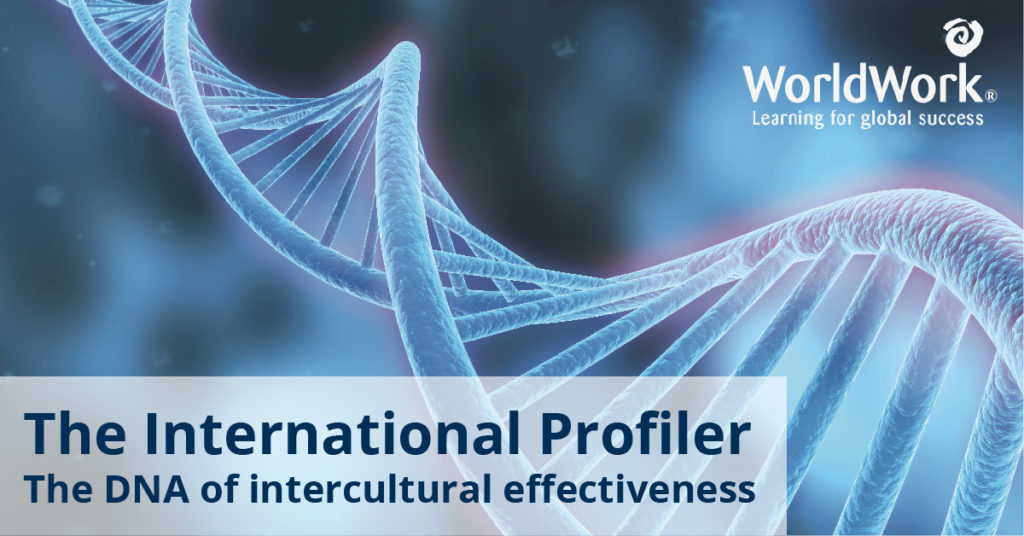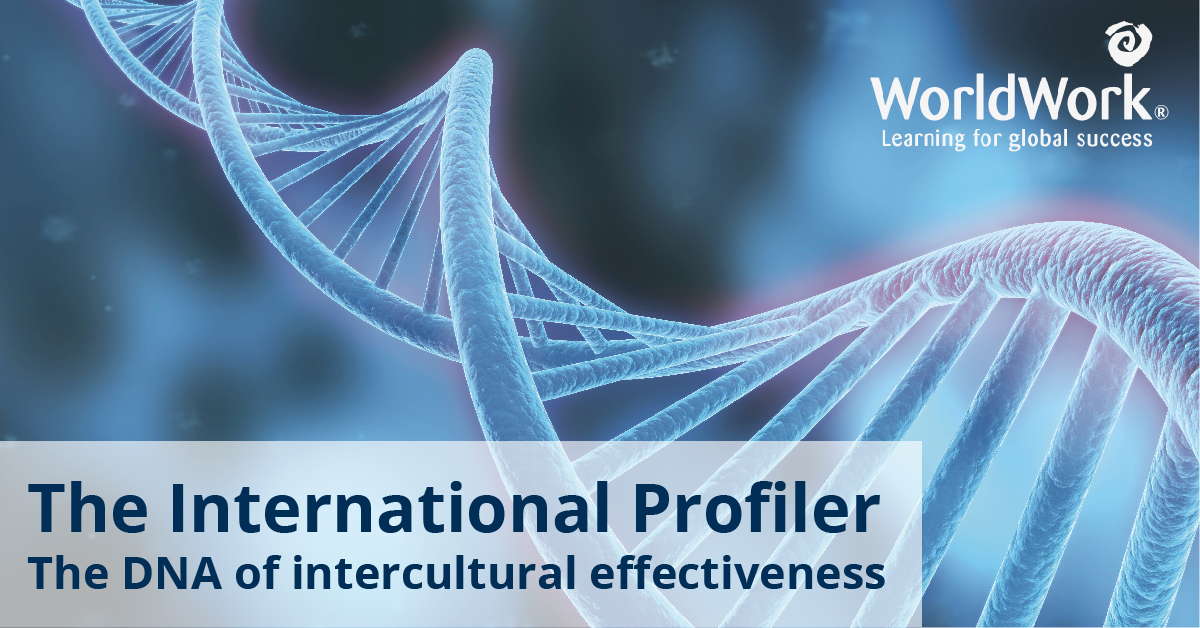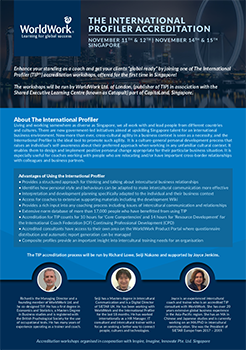
Today’s business world is one of rapid change, volatile economies, technical revolutions, and increasing globalization. In the 21st century and beyond, according to experts, we need ‘borderless leaders’ who can function effectively in complex global environments and manage global business teams.
With advances in technology, the internet, social media, and artificial intelligence (AI), we can be working virtually with global teams and clients around the world, without even leaving our home office. In today’s global workforce, and particularly here in Singapore and across the culturally diverse Asia-Pacific region, most of us will probably be dealing on a regular basis with people from other countries and cultures — whether that be colleagues, line managers, clients, suppliers, or direct reports.
Maximizing the potential of this global market requires a range of international skills, a global perspective and intercultural competence, and a ‘global mindset’ to lead and facilitate effective work and communication. In a recent survey of over 2,700 HR executives, ‘the ability to work well with a diverse workforce and customer base’ was cited as a key attribute for which there was a shortage of applicants. Around the world, organizations are under increasing pressure to reduce costs while, simultaneously, increasing their success and building up their global leadership talent resources by hiring and developing leaders with a global mindset/skill set. The Singapore Government, for example, has introduced measures to upskill its workforce and to help managers get ‘global ready.’
So what is ‘global-ready’ and how is this ability to work effectively across cultures developed?
A whole body of research across a range of disciplines is devoted to this and there are numerous approaches and terms used to describe the set of skills, competences, attitudes, and behaviors required to function effectively across cultures. For those of us involved in global talent development, ‘functioning effectively’ is really the minimum level of requirement — simply avoiding cultural errors. Global success, on the other hand should go beyond ‘preventing calamities.’ According to Professor Helen Spencer-Oatey, author of a number of publications on developing global leaders, the goal should be ‘the leveraging of cultural diversity to realize its potential in creativity, problem-solving, and so on.’
As an intercultural coach, I have found The International Profiler (TIP) tool to be very helpful in providing a competency framework which covers the global aspects of my clients’ roles and complements other development frameworks which I or their organizations might be using. Some cultural assessment tools focus on the differences between national cultures, based on generalizations which can, if one is not careful, lead to stereotyping. By contrast, The International Profiler focuses on developing competencies which have been identified as relevant and important for working successfully in a global context. The International Competency Framework, on which the International Profiler assessment is based, draws on academic and theoretical research into how people successfully operate in unfamiliar cultural environments as well as on the practical experience of those who have business and operational experience across multiple cultures. The framework is designed to stimulate reflection on skills and qualities required for working effectively across cultural boundaries and how to develop and apply them in specific contexts. It can be used to help identify specific ‘gaps’ such as those people might experience in transferring technical or managerial skills to an unfamiliar cross-cultural context. It thus provides a platform for self-awareness with a clear developmental objective and a framework for personal change. Through the feedback process, the coach can focus on the particular cultural and business context that the individual is, or will be operating in and help them to analyse and adapt their behaviou to make them as effective as possible whatever their cultural or business context.
The International Competency Framework details 22 dimensions within 10 key areas of competence. One of these areas, for example, is ‘Synergy.’
In the business, intercultural and human resource management fields, Adler’s concept of ‘cultural synergy’ is often referred to. When employing cultural synergy, different cultural perspectives are acknowledged and new alternatives created which combine the approaches and ideas of the cultures involved, creating something which is better than the sum of its parts – thus, ‘synergy.’
It is widely recognized that multicultural teams, when they work well together, outperform their equivalent monocultural teams. However, with cultural and communication style differences the potential to not work well together is higher than with monocultural teams and in such cases, this team could significantly underperform, in comparison. The intercultural competence of the managers and team members is a big differentiator.
The International Profiler under this heading, identifies the specific competency of ‘creating new alternatives.’ Someone with a high score on this dimension will typically want to understand issues from different viewpoints, enabling group members from different backgrounds to use their different approaches to find creative solutions (which may be new and different from the proposals of any of the individual approaches) to the issues they have to deal with.
If you would like to learn how to build this competency and learn more about The International Profiler (and perhaps add it to your toolkit), accreditation workshops are being held in Singapore for the first time – check out the details at this link.
Blog Author – Joyce Jenkins, Managing Partner, JBC Consultancy – Singapore


